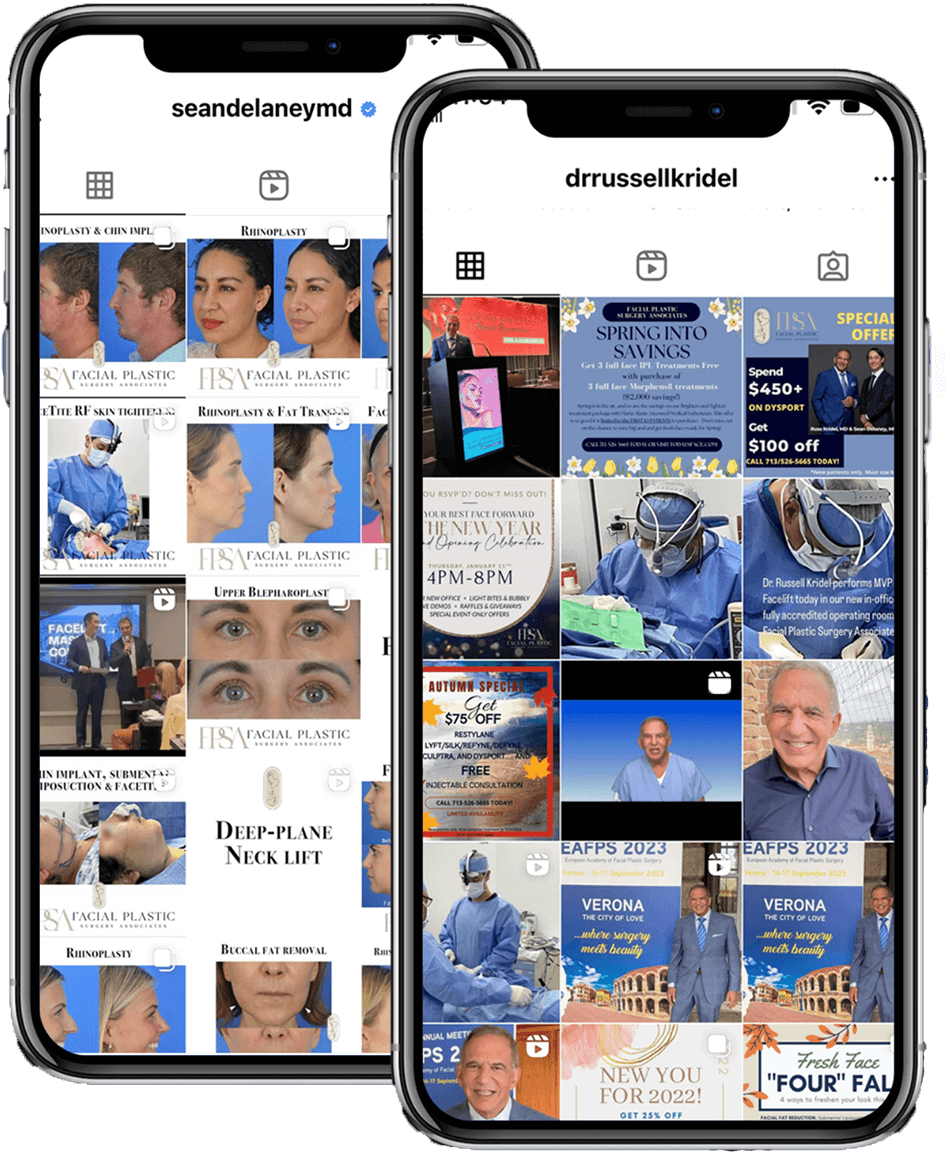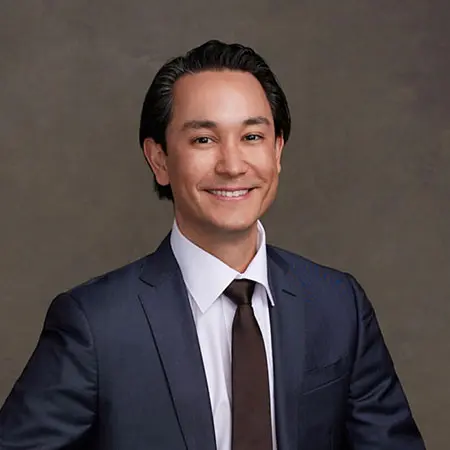May 12, 2022 | Rhinoplasty Surgeon
3 minute read
As soon as a bone in your body breaks, the body responds to the injury and attempts to fix the bone. The time it takes for the bone to heal, and the repair’s quality depends on several factors:
(1) severity of the fracture (e.g., clean break vs fragmented break)
(2) size of the gap between bone fragments
(3) mobility of the fracture segments
(4) how quickly a person heals (e.g., genetics, nutritional status)
Initially, after a bone breaks, platelets aggregate at the site of the injury to form a clot and secrete growth factors to recruit cells to clean up and repair the broken bone. Cells called phagocytes migrate into the area to help clean up the debris during the first 72 hours. Then, fibroblasts form a temporary collection of collagen fibers, called a soft callus, that bridge the fracture’s gap. The soft callus remains for several weeks while osteoblasts migrate into the area to form new bone. The process of new bone formation begins around 2 weeks after a fracture and can take up to 12 weeks to complete. Finally, bone remodeling occurs after the new bone has been laid down, and osteoclasts remove excess bone to restore the now repaired bone to its original shape. This step of complete bone remodeling may take many months to achieve fully.
During rhinoplasty, we often create controlled bony breaks in the nasal bones called “osteotomies” to reshape and reposition the nasal bones. Immobilizing the nasal bones with a nasal splint and tape after surgery helps expedite the formation of a soft callus scaffolding in the desired configuration for new bone to grow. Once the splint is removed, the nasal bones continue to heal over the ensuing weeks. Because the nasal bones are relatively thin, they heal much faster than larger bones such as the femur.
For our rhinoplasty patients, we typically immobilize the nasal bones with a splint for 5-7 days, even though the nasal bones usually take 6 to 8 weeks to fully heal. We can do this because the nasal bones are non-weight-bearing and will continue to heal properly as long as they were lined up properly at surgery and a callus has formed. However, to ensure that the nasal bones heal correctly and are not displaced after surgery, we ask that our rhinoplasty patients avoid wearing glasses on their noses directly and abstain from contact sports for several months.
Individual healing times may vary from person to person. Therefore, it is important to follow up as directed with your rhinoplasty surgeon to monitor your healing appropriately.




